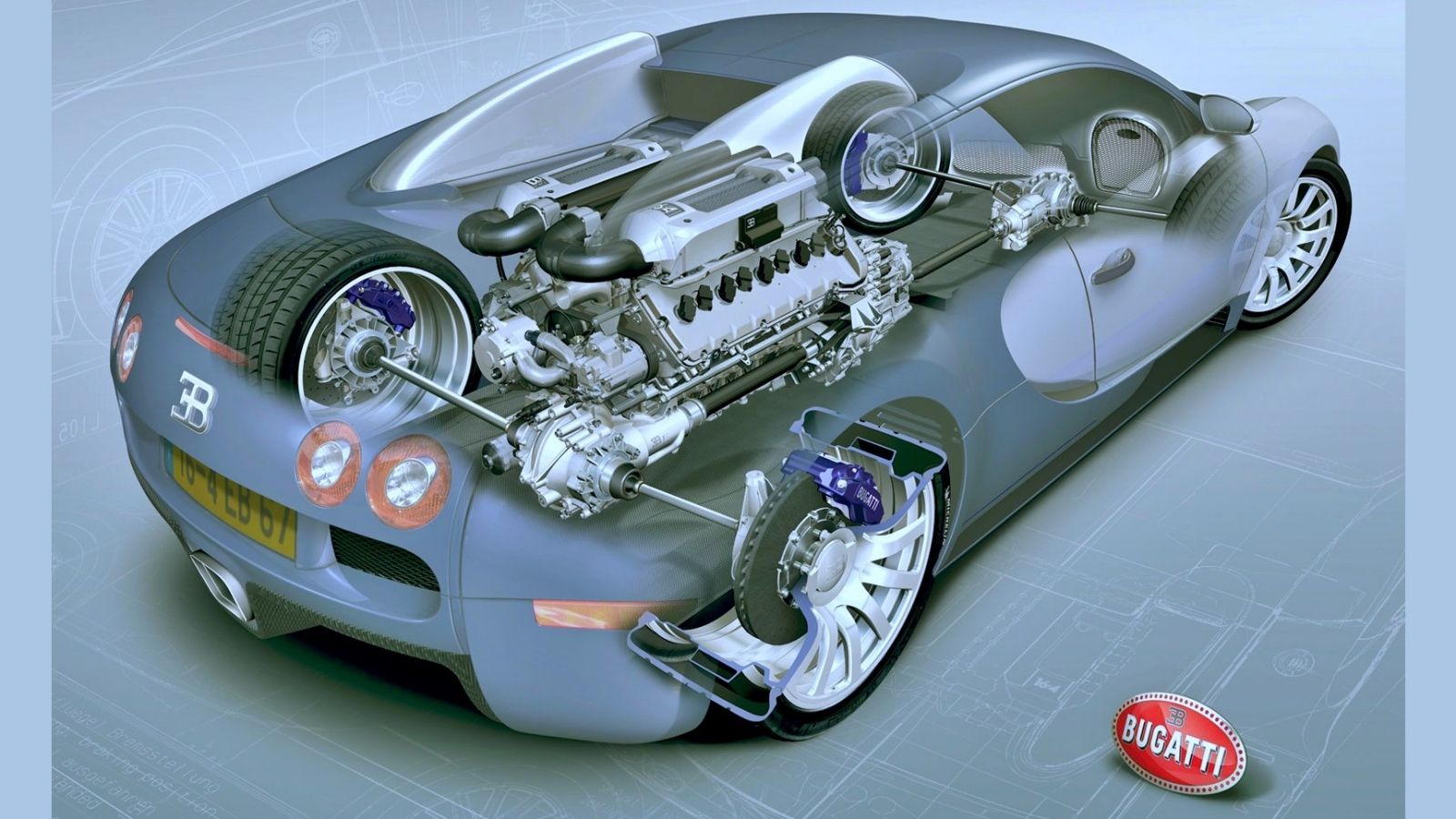Engines for Africa: Your Ultimate Automobile Parts Store for High Quality Auto Components
Engines for Africa: Your Ultimate Automobile Parts Store for High Quality Auto Components
Blog Article
The Pursuit for Ultimate Driving Power: Checking Out the Pinnacle of Engine Performance and Technological Developments in the Automotive Field
In the world of auto design, the pursuit of maximum driving power has been a relentless mission that has unravelled with the advancement of engine design and the combination of sophisticated technologies. From the careful workmanship of burning engines to the rapid improvements in electrical propulsion systems, the automotive field stands at the cusp of a new age characterized by unmatched performance capacities.
Development of Engine Design

Additionally, the assimilation of turbocharging and supercharging modern technologies has changed engine style by increasing power without considerably raising engine size. These forced induction systems press the intake air, permitting even more fuel to be ignited, therefore generating greater power output from a smaller engine. This improvement has been especially critical in enhancing the performance of smaller displacement engines while preserving fuel performance requirements.

Performance-Enhancing Gas Technologies
The application of innovative fuel innovations has dramatically contributed to boosting engine efficiency in contemporary automobiles. Biofuels, derived from eco-friendly resources like sugarcane, corn, or algae, deal enhanced and decreased exhausts engine efficiency. Furthermore, gas ingredients and detergents are being formulated to clean engine parts, maximize burning, and decrease friction, consequently enhancing overall vehicle performance.
Improvements in Electric Propulsion
Substantial strides in electrical propulsion technology have transformed the vehicle market, leading the way for a new age of lasting and reliable transportation. Electric automobiles (EVs) are acquiring appeal as a result of their ecological advantages and advancements in battery technology, enabling longer driving ranges and shorter charging times. Manufacturers are investing greatly in study and growth to boost the efficiency of electrical propulsion systems, concentrating on boosting power outcome, improving energy efficiency, and lowering total weight.
One notable breakthrough in electrical propulsion is the advancement of advanced electrical motors that supply higher torque and power density, causing enhanced acceleration and overall driving performance. Additionally, regenerative stopping systems have been improved to save and catch energy throughout deceleration, more improving the efficiency of EVs.
Moreover, the combination of smart modern technologies, such as man-made intelligence and anticipating analytics, is optimizing the monitoring of electric propulsion systems, making certain ideal efficiency under different driving problems. These developments in electrical propulsion are check these guys out reshaping the vehicle landscape, driving the industry towards an extra lasting and electrified future.
Effect of Computational Liquid Dynamics
With advancements in electric propulsion pressing the boundaries of vehicle technology, the assimilation of Computational Fluid Dynamics is playing a critical function in optimizing aerodynamic performance and boosting overall effectiveness in lorry design. Computational Liquid Characteristics (CFD) involves using computer system simulations to evaluate the circulation of air around a lorry, enabling engineers to forecast how layout changes will influence aerodynamics without the need for expensive physical models. By properly modeling airflow patterns, CFD enables the refinement of automobile forms additional hints to lower drag, improve cooling, and enhance stability.
One secret advantage of making use of CFD in lorry design is the ability to iterate rapidly, checking out many style variants to recognize one of the most aerodynamically reliable remedies. This repetitive procedure causes lorries that are not just sleeker and more visually appealing but also much more ecologically friendly and fuel-efficient. Moreover, CFD allows engineers to enhance air flow around elements such as radiators, engine bays, and wheel wells, adding to enhanced performance and general driving experience. Finally, the combination of Computational Fluid Dynamics stands for a significant progression in the quest for supreme driving power and effectiveness in the vehicle sector.
Future Trends in Engine Innovation
In the dynamic landscape of automotive design, innovative developments are shaping the future trajectory of engine advancement. The future of engine design is noted by a strong focus on efficiency, sustainability, and efficiency. Suppliers are progressively concentrating on developing engines that not only supply high power outcomes but additionally prioritize ecological obligation by reducing discharges and enhancing fuel performance.
One noticeable trend in engine technology is the surge of electrification. Hybrid and electric powertrains are getting grip as practical alternatives to typical combustion engines. These innovations supply the potential look at here for considerable decreases in carbon exhausts and increased energy effectiveness, straightening with international efforts to fight climate modification.
In addition, developments in materials science and production methods are making it possible for the production of lighter and much more long lasting engine elements. This change in the direction of light-weight products such as carbon fiber and aluminum alloys contributes to improved performance and fuel economic climate.
Verdict
In verdict, the pursuit of utmost driving power in the automotive industry proceeds to drive innovations in engine design, fuel innovations, electrical propulsion, and computational liquid dynamics. The development of these innovations is forming the future of engine technology, leading the means for extra efficient and powerful cars (engines for africa). As the sector proceeds to push the limits of what is feasible, we can anticipate to see also more innovative advancements in the pursuit for peak efficiency
One of the key milestones in engine style advancement is the change from typical carbureted engines to modern-day fuel-injected systems. By specifically metering the fuel distribution to each cyndrical tube, fuel-injected engines maximize burning, resulting in much better performance and decreased environmental influence.
In addition, the combination of turbocharging and supercharging modern technologies has actually revolutionized engine design by boosting power without dramatically boosting engine size (engines for africa).The execution of advanced gas innovations has actually considerably added to improving engine efficiency in contemporary lorries. Furthermore, fuel additives and cleaning agents are being developed to tidy engine components, maximize combustion, and minimize friction, therefore boosting total lorry performance
Report this page